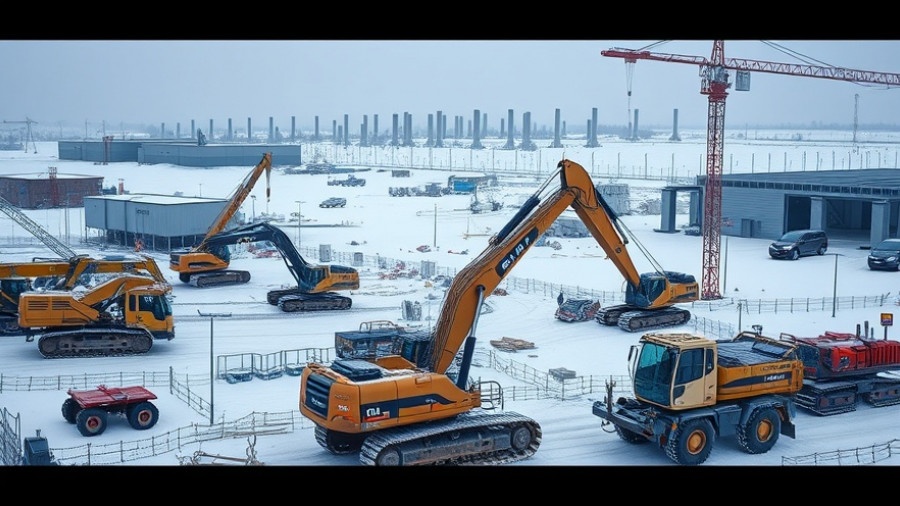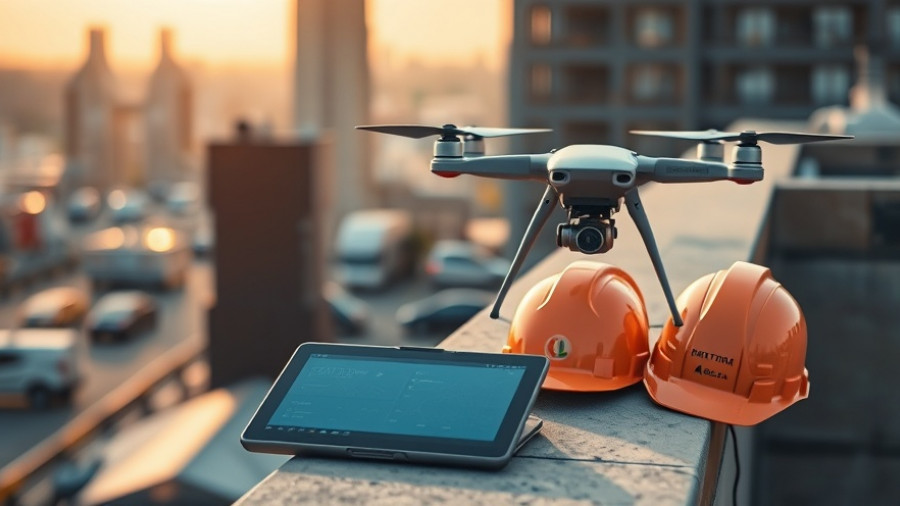
Seamless Safety Across Borders
In a significant advancement for industrial safety, STUDSON’s SHK-1 Full Brim safety helmet has become a milestone in personal protective equipment (PPE), as it earns the first dual certification for Type II helmets under both U.S. and Canadian standards. This certification, meeting Canadian CSA Z94.1-15 (R2024) and U.S. ANSI/ISEA Z89.1-2014 (R2019) standards, facilitates compliance for workers operating across the U.S.-Canada border, reinforcing the importance of safety in industries including construction, oil and gas, forestry, and mining.
Impact of Enhanced Design on Worker Safety
STUDSON's SHK-1 helmet exemplifies how innovation translates into safety. The helmet features enhanced KOROYD impact-absorbing materials, which provide superior protection through its structural design. This improvement reflects a broader industry move toward prioritizing worker safety through advanced materials and technology—elements critical for contractors, fabricators, and installers tasked with safeguarding employees.
A Technological Leap for Emergency Response
Another noteworthy feature of the SHK-1 is its integrated Twiceme technology, designed for fast access to vital emergency information, thus elevating safety protocols during crises. This feature is particularly beneficial for emergency responders and safety managers, enabling a streamlined response to accidents. As industries evolve, the incorporation of such technologies in safety gear is not just a luxury; it's a necessity in today’s complex working environments.
Looking to the Future
As this cutting-edge helmet prepares for its market release later this year, the anticipation also grows for its version equipped with the HighBar mono-chinstrap system launching in October. This development could redefine standards across various sectors, pushing designers and manufacturers to explore similar innovations in safety equipment. For architects and contractors, the implications of PPE advancements like this extend beyond compliance; they challenge traditional practices and underscore a commitment to worker welfare.
Conclusion: A Call to Embrace Innovation in Safety
The SHK-1’s achievements mark a pivotal moment in the evolution of safety helmets, spotlighting the urgency of cross-border compliance and the demand for innovative safety solutions. As we look toward a future with even tighter safety regulations and technological advancements, all stakeholders—designers, engineers, and site managers—must closely engage with these innovations to ensure a safer working environment for all.
 Add Row
Add Row  Add
Add 




Write A Comment